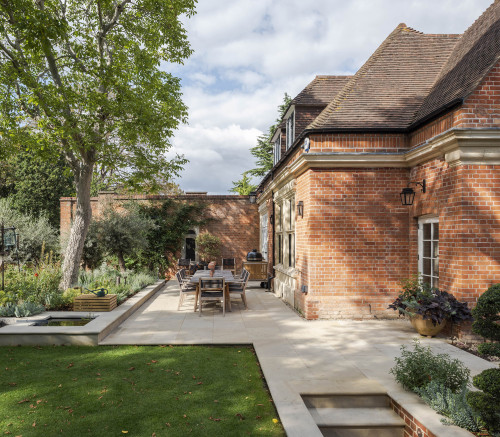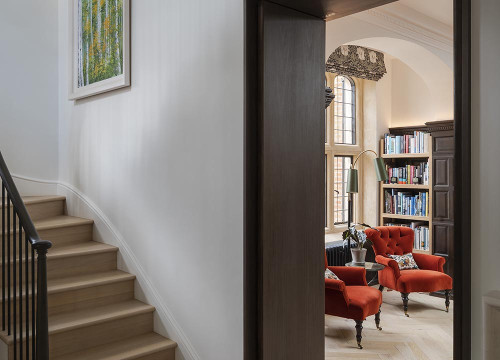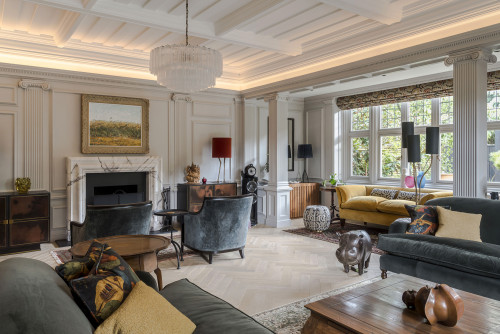Our Advice on Designing within a Conservation Area
25 July 2025 by Russell McCourty
Old browser alert! We have detected you are using a pretty old browser. This website uses cool features that can't be supported by your browser.
If we let you see the website it would look all weird and broken, nobody wants that!
Update your browser!25 July 2025 by Russell McCourty
Designing within a conservation area is both a privilege and a challenge. These protected zones, designated for their special architectural or historic interest, are key to preserving the character and narrative of our landscapes, villages, towns and cities. At George & James Architects, we view such projects not just as constraints, but as opportunities to engage deeply with context, history and craftsmanship.
If you are looking at a building project within a Conservation Area, how would you start?
The first step is to understand the Conservation Area itself. Every area would have been designated for a reason, and your Local Authority would have outlined what makes the area special. This may be the uniformity of Georgian terraces, the intricacy of Victorian detailing, or the landscape context of a rural English hamlet.
When we have the pleasure of working on a project in one of these historic zones, we begin by examining:
· The written Character Appraisal provided by the Local Authority;
· The key architectural elements and historical influences;
· The materiality, form and scale of surrounding buildings;
· The urban grain and patterns of movement.
This foundational research ensures that our design proposals are rooted in a genuine appreciation of place.

When working within a Conservation Area, proactive engagement with local Planning Officers and conservation specialists is vital. At George & James, we may recommend pre-application discussions to explore the likely policy constraints and opportunities. This fosters a collaborative relationship and builds trust, increasing the likelihood of a smooth Planning process.
We also advise early consultation with neighbours, especially in close-knit communities where changes to the streetscape are felt keenly.
A common misconception is that designing in a conservation area means resorting to imitation. While Planning Officers rightly seek to preserve historic character, contemporary design can coexist beautifully with heritage, when executed with care.
We favour clear architectural language that avoids imitation combined with high-quality, contextually sympathetic materials. Proportions and rhythms that echo their historic counterparts may also be considered. But above all, craftsmanship and detail that demonstrate respect for tradition is paramount.
This approach allows new interventions to be confidently modern, yet quietly deferential to their context.

Building projects in historic settings are still building projects and therefore warrant consideration of the environment. Whether upgrading an existing structure or proposing a new building, we can’t ignore our responsibility to incorporate sustainable principles that are sympathetic to conservation requirements.
Insulation, air tightness, low-carbon technologies, air source heat pumps are all on the table in Conservation Areas. Integrating them into sympathetic designs is where the real fun comes into play.
Planning submissions in Conservation Areas are held to a higher standard. We will prepare written statements to explain, justify and support our well thought out designs. This is likely to be in the form of detailed heritage impact assessments, and Design and Access Statements grounded in contextual analysis.
Getting this right not only supports the planning process but demonstrates respect for the area’s significance.

At George & James Architects, we believe that working in a Conservation Area is a responsibility that demands skill, empathy and rigour. But we also see it as an exciting design challenge: the chance to create something that both honours the past and contributes to the future.
Whether you are restoring a period home, designing a discreet extension, or introducing a new building into a historic setting, we are here to guide you with expertise and imagination.